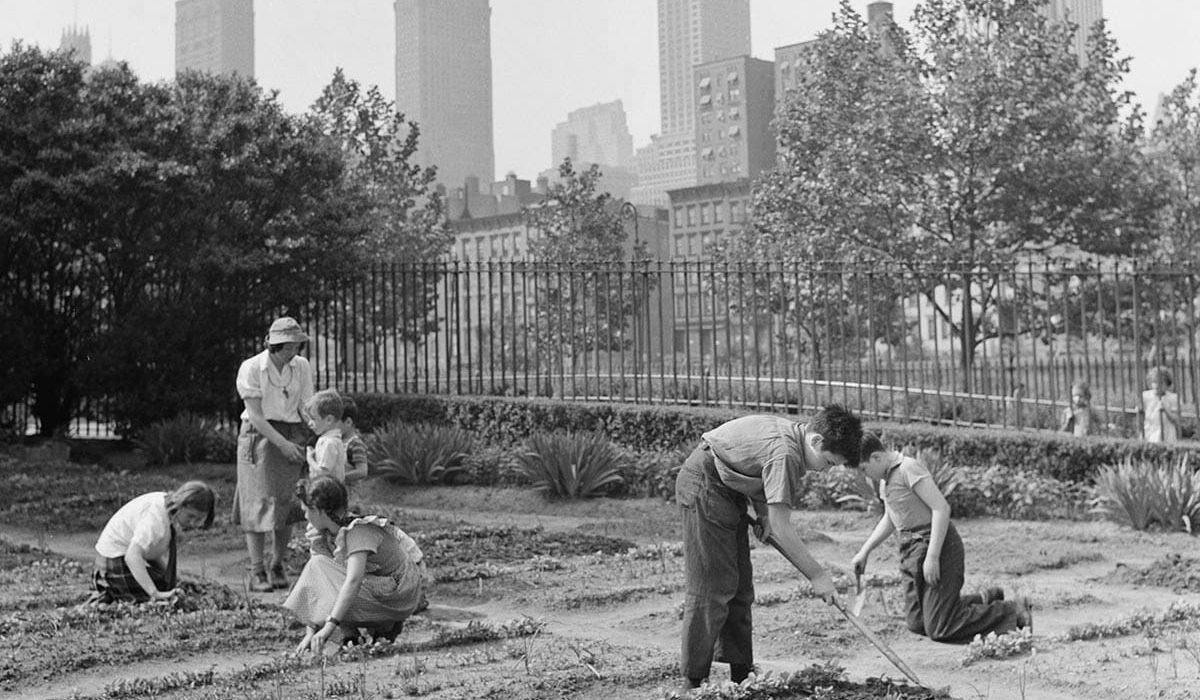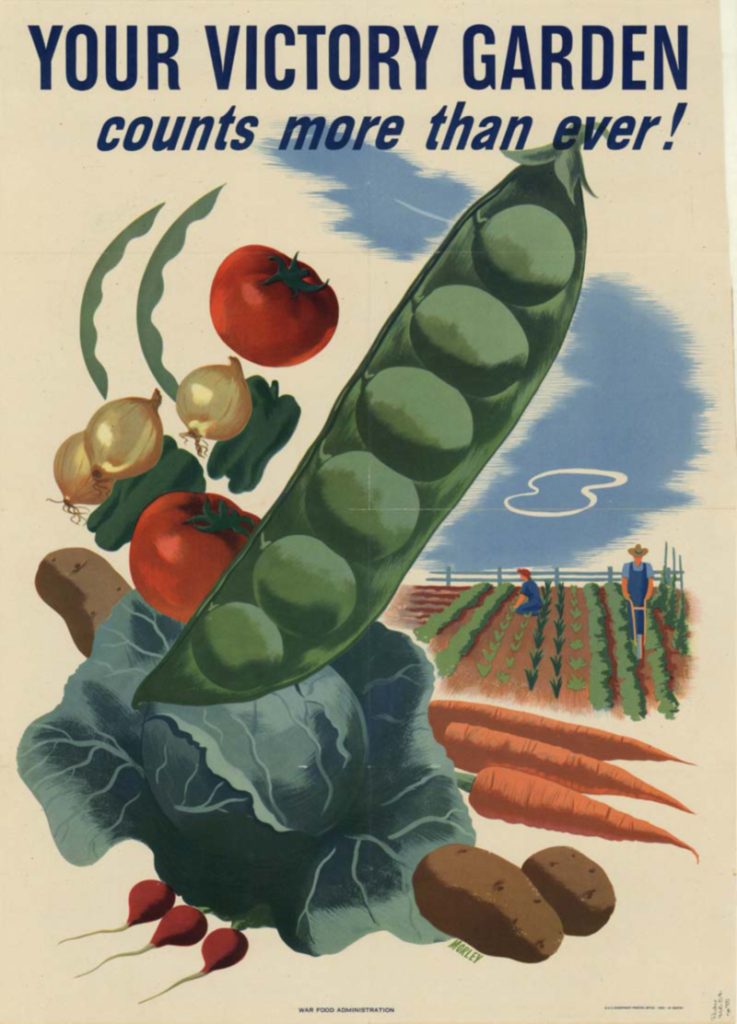Introduction: The Roots of Victory Gardens
Victory Gardens, a powerful symbol of self-reliance and community effort, were cultivated in response to food shortages during World Wars I and II. Citizens of the allied nations were encouraged to grow their vegetables and fruits, thereby supporting the war effort by freeing up resources. Though this practice waned after the wars, a modern resurgence can be observed, most notably in Cuba, where a similar model has been embraced due to economic sanctions. This model not only symbolizes resilience but is also a testament to the power of community-driven sustainability.
 The Historical Rise, Fall, and Modern Resurgence
The Historical Rise, Fall, and Modern Resurgence
- The Emergence: The concept of Victory Gardens first appeared during World War I. The U.S. government encouraged citizens to grow their food to ensure there would be enough for soldiers fighting abroad. This movement was not limited to the U.S.; the United Kingdom, Canada, Australia, and other allied countries participated as well.
- World War II: During World War II, the idea gained even more traction. Posters, pamphlets, and educational materials were created to help guide citizens in planting their gardens. In the U.S. alone, approximately 20 million Victory Gardens were planted, producing an astounding 40% of all vegetables consumed in the country. The gardens became a symbol of national solidarity and a practical response to food rationing.
- Post-War Decline: After the wars, with the economic boom and the rise of supermarkets, Victory Gardens lost their urgency. Commercial agriculture regained its dominance, and home gardens were left to hobbyists.
- Modern Resurgence in Cuba: The collapse of the Soviet Union and subsequent U.S. sanctions placed a tremendous economic strain on Cuba. The government responded by encouraging urban agriculture. Through various forms of gardening and small-scale farming, Cuba has managed to create a more self-sustaining food production model, resonating with the principles of Victory Gardens.
Why We Should Re-Embrace Victory Gardens Today
The lessons of Victory Gardens are still relevant today. A growing awareness of climate change, economic uncertainties, and the need for community-driven initiatives makes the Victory Garden model appealing. Here’s why we should consider bringing it back:
- Environmental Sustainability: Urban gardening promotes environmentally friendly practices. It reduces the need for transportation, cutting down on greenhouse gas emissions. Furthermore, it encourages the use of organic methods, conserving soil health, and promoting biodiversity.
- Health Benefits: Growing one’s food encourages a healthier diet, free from processed foods. Gardening is also therapeutic and offers an opportunity for physical exercise.
- Economic Advantages: For many families, the cost of fresh produce can be prohibitive. Victory Gardens offer a way to supplement household food supplies, reducing grocery bills.
- Community Building: Community gardens foster a sense of unity and collective responsibility. They become gathering spots, promoting social interaction, and cross-generational learning.
Making Cities Self-Sustainable: Opportunities and Challenges
The idea of making cities self-sustainable through Victory Gardens is an inspiring one, but it’s not without challenges.
Opportunities:
- Utilizing Urban Spaces: Rooftops, balconies, and vacant lots can be transformed into productive gardens.
- Local Economy Boost: Urban farming can create jobs and boost local economies.
- Education: Schools can incorporate gardens into their curriculum, teaching children valuable skills and healthy habits.
Challenges:
- Land Availability: In densely populated cities, finding space can be difficult.
- Water Resources: Adequate watering without overburdening local water supplies must be considered.
- Legal and Policy Hurdles: Zoning laws and urban policies may need revisiting to accommodate urban agriculture.
Conclusion: Sowing the Seeds of a New Victory Garden Movement
The rich past of Victory Gardens, the lessons learned from times of crisis, and the current efforts in places like Cuba provide a compelling argument for a revival. With thoughtful planning, community engagement, and supportive policies, Victory Gardens could once again become a symbol of resilience, community cohesion, and environmental stewardship.
The global landscape is changing, and perhaps, the time is ripe to sow the seeds of a new Victory Garden movement. This concept may hold the key to urban sustainability, fostering a sense of unity that transcends mere nostalgia and takes root in our modern way of life.
Embracing this model will require effort, creativity, and collaboration across various sectors of society, including government, private industry, and community organizations. But the potential benefits, from economic to environmental, health to community building, make the endeavor a worthwhile one.
In a world grappling with climate change, economic uncertainty, and growing urban populations, the Victory Garden’s simple yet powerful idea offers a pathway towards a more resilient and connected future. It stands as a testament to what can be achieved when communities come together with a shared purpose and a commitment to sustainability. By revisiting this historical approach, cities and individuals alike may find a pathway to increased resilience and well-being in an ever-changing global environment.



 The Historical Rise, Fall, and Modern Resurgence
The Historical Rise, Fall, and Modern Resurgence








